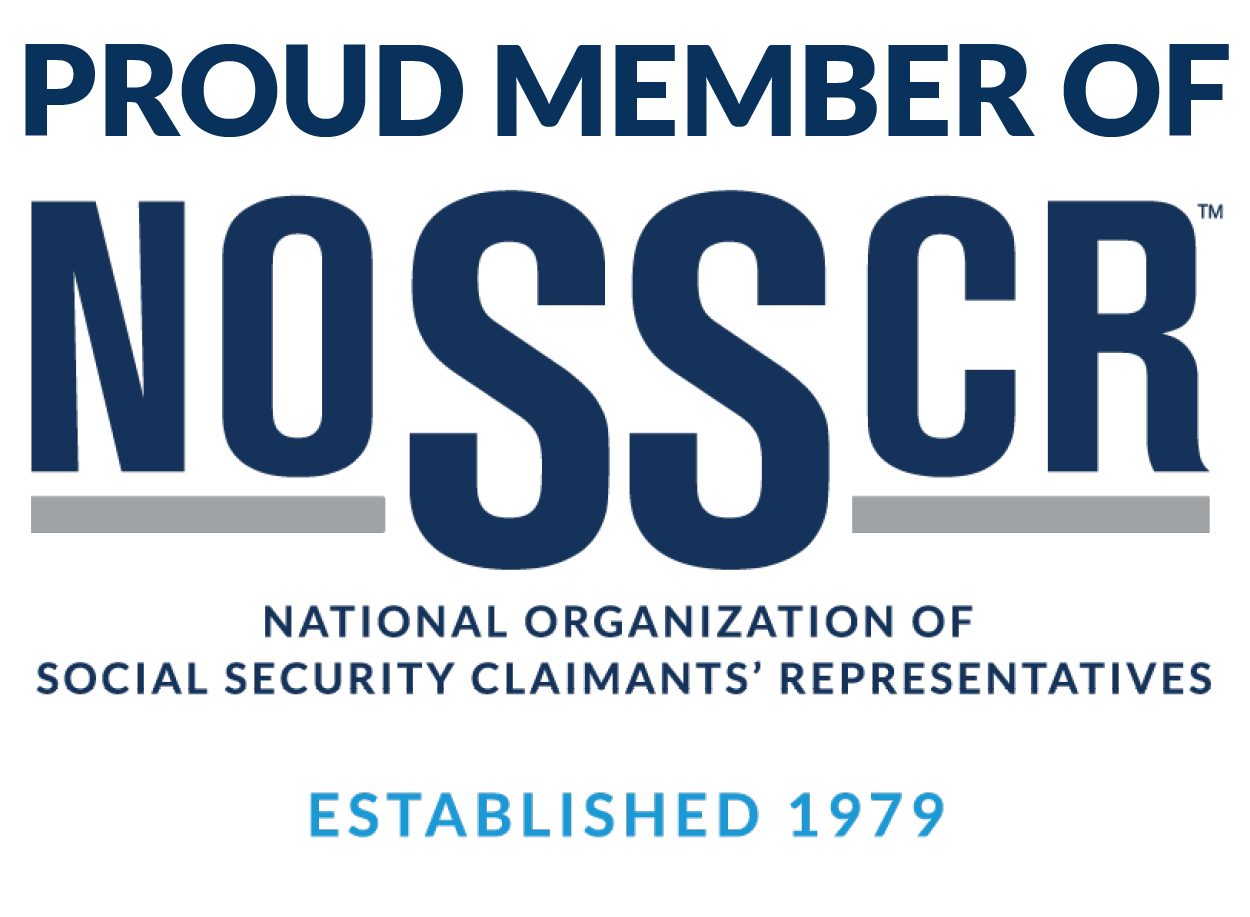The ongoing COVID pandemic has affected everyone’s lives over the past 20 months or so. Even those who did not suffer from the disease often had friends or family who did, or had employment interrupted or affected. Prices seem to continue to spiral upward in this environment. The day-to-day disruptions to all of our lives continue to this day, and will do so in the future as well. For those employed, for those unemployed, for those who have new or ongoing litigation issues, and for those pursuing benefits for disability, the pandemic has brought added changes and challenges.
As to the disease itself, our attorneys here at Margolius, Margolius and Associates are currently representing a number of clients who have ongoing symptoms many months after recovering from an acute COVID infection. Some of these inpiduals have what is called “Long COVID,” suffering from ongoing symptoms such as weakness, fatigue, confusion, and shortness of breath, needing the use of oxygen in some cases. Some request accommodations when still working under the ADA, where an interactive process of give and take is contemplated. The inpidual can be overhwelmed by the approach often taken by HR managers, sometimes overtly negative.
For those seeking disability benefits, in order for a medical condition to be a “disability” for the purposes of the Social Security Act, the condition must limit the person’s ability to work for at least 12 consecutive months. Therefore only those who continue to suffer from “Long COVID” symptoms for longer than a year would be eligible for benefits based upon those symptoms. In many of these cases, our attorneys continue to monitor these inpiduals to see whether their ongoing symptoms will last; in other cases, it is clear that the symptoms will last- some clients have been informed by their physicians that they will require supplemental oxygen for life. We continue to adapt to this challenging new area, where existing law meets emerging medicine.
But, not only has the disease changed the lives of those suffering long-term, it also affects the presentation of litigation claims and Social Security claims. Delays are the number one enemy of litigants. The old axiom of “Justice Delayed is Justice Denied” has more impact than ever, with adjudicators often postponing maters interminably due to a surge in the virus. Some postponements are in fact legitmate and most adjudicators are simply doing their best.
Local Social Security offices continue to be closed to the public across the US, with the local office staff personnel working from home in most cases. This presents challenges for our staff in ensuring that the claims of our clients remain “on track.” The biggest change, however, is in how the Social Security judges conduct disability hearings. Since March of 2020, all disability hearings have been conducted via telephone conference; more recently, the option to conduct hearings by video conference is another possibility. While disability claimants can object to the phone or video hearing procedures, and obtain an in-person hearing, we have no idea when in-person hearings will once agin begin to be scheduled, so objecting to the phone (or video) hearing procedures means further delays for the disabled. In addition, technical difficulties with poor phone or video connections mean that our attorneys must adapt their presentations to ensure that the Judge gets the full picture of the client’s case, and that a clear record of the hearing testimony is made in spite of any technical issues. Things that might be immediately obvious if the Judge could see the disabled person (such as, for example, missing fingers or limbs) now become the responsibility of the attorney to explain verbally to the Judge, and to elicit through testimony by detailed questioning.
Most of all, though, our staff and our attorneys miss being able to meet our clients in person, whether in our office or at the hearing. At Margolius, Margolius and Assocs., we have always believed in the “personal touch” in representing the disabled, and we look forward to continuing to do so in the future. We welcome in person appointments, zoom appointments, or telephone appointments. The choice is yours but do know we are available for any questions you may have.


